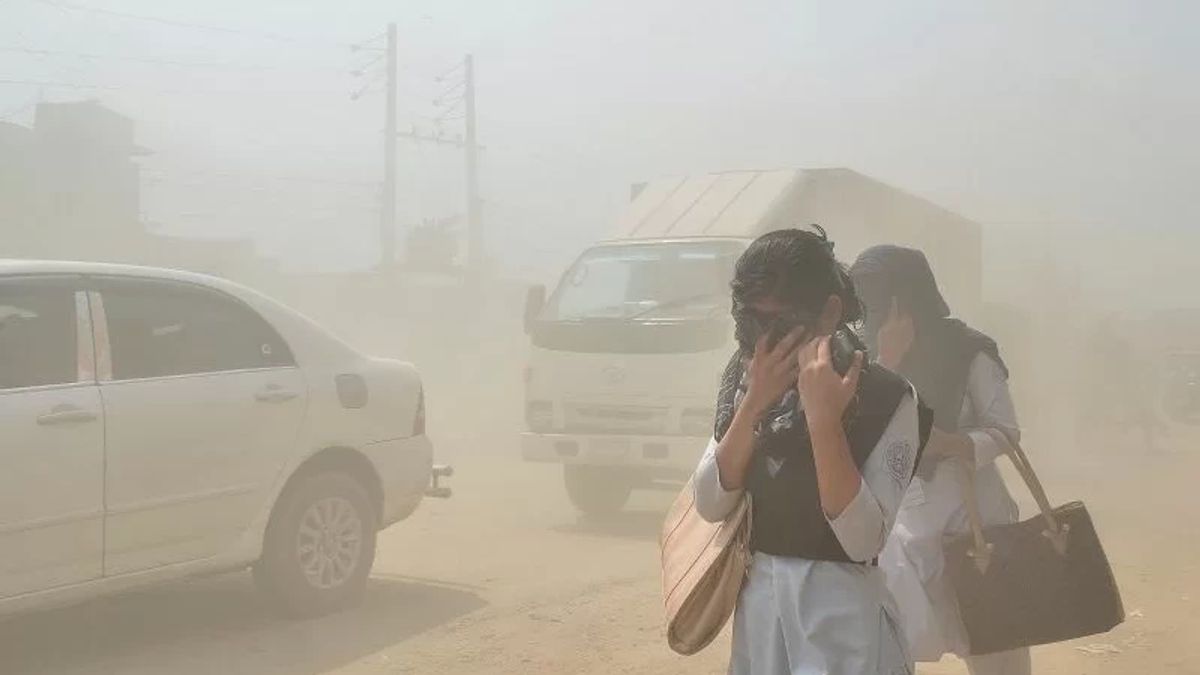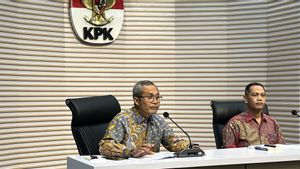JAKARTA - Bangladesh became the country with the worst air quality level in the world in 2023. Followed by India and Pakistan which replaced Chad and Iran.
Based on the IQAir 2023 world air quality report released Tuesday, March 19, the particle content in the three countries is 15 times the level recommended by the World Health Organization (WHO).
The average concentration of PM2.5 or small particles in the air that damage the lungs in Bangladesh reached 79.9 micrograms per cubic meter in 2023. Meanwhile in Pakistan the figure reached 73.7 micrograms.
Due to climate conditions and geography (in South Asia), a series of PM2.5 concentrations have skyrocketed due to endless pollution," said the manager of air quality science of Swiss air monitoring organization, IQAir, Christi Chester totaling, quoted by Reuters, Tuesday, March 19.
WHO is known to recommend PM2.5 from a country that is no more than 5 micrograms. The main trigger factors are no less important, such as activities in agriculture, industry, and population density," he added.
In the list of countries with the worst air quality in 2022, Bangladesh is ranked fifth. While India is in eighth place.
"About 20 percent of early deaths in Bangladesh are caused by air pollution, and health care costs reach four percent of the country's GDP," said North South Dhaka University India researcher Md Firoz Khan.
SEE ALSO:
The pollution rate in India also continued to creep last year, with PM2.5 levels about 11 times higher than the WHO standard. New Delhi is a polluting area in India with PM2.5 levels of around 92.7 micrograms.
China also experienced a 6.3 percent increase in PM2.5 to 32.5 micrograms last year, after five consecutive annual declines.
Only Australia, Estonia, Finland, Grenada, Iceland, Mauritius, and New Zealand meet WHO standards in 2023.
Meanwhile, Chad, the world's most polluting country in 2022, was removed from the list in 2023 due to data issues. Iran and Sudan were also removed from the list in 2023.
The IQAir report is based on data from more than 30,000 monitoring stations in 134 countries and territories.
The English, Chinese, Japanese, Arabic, and French versions are automatically generated by the AI. So there may still be inaccuracies in translating, please always see Indonesian as our main language. (system supported by DigitalSiber.id)

















